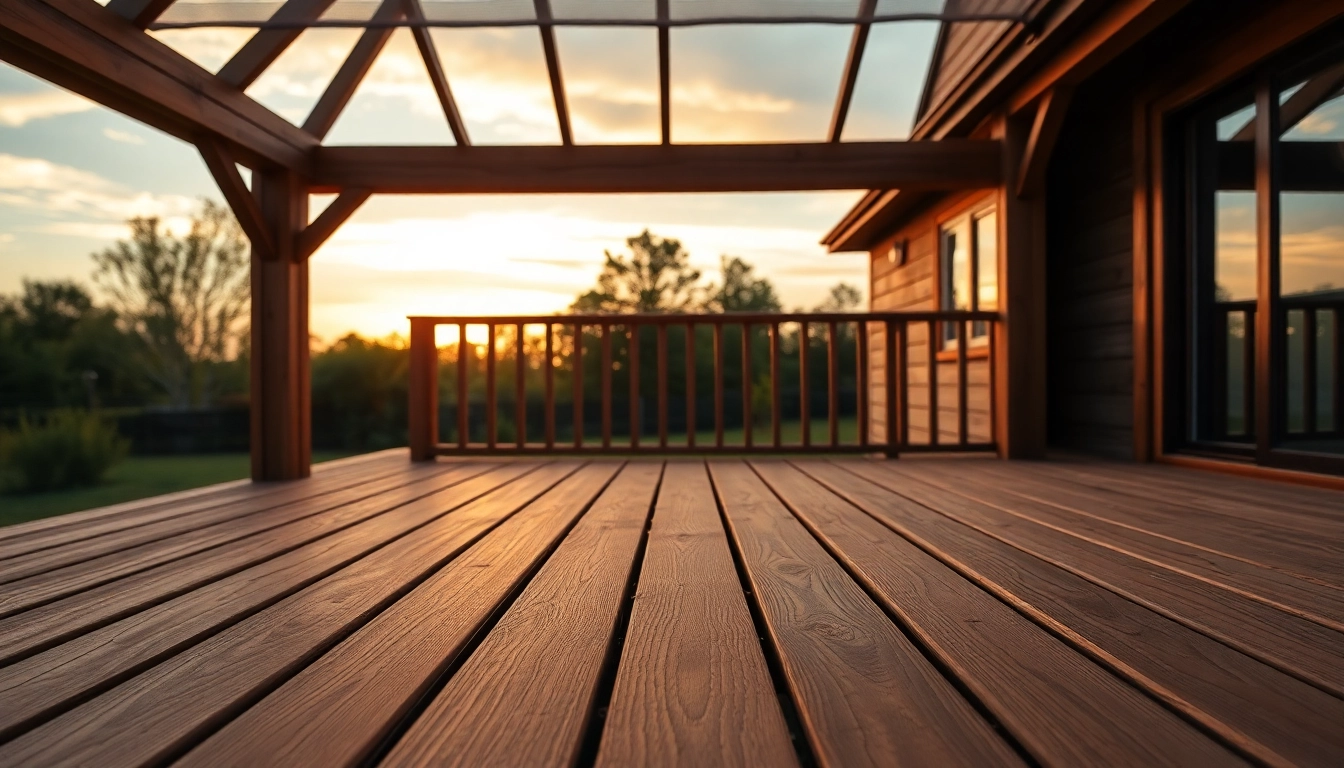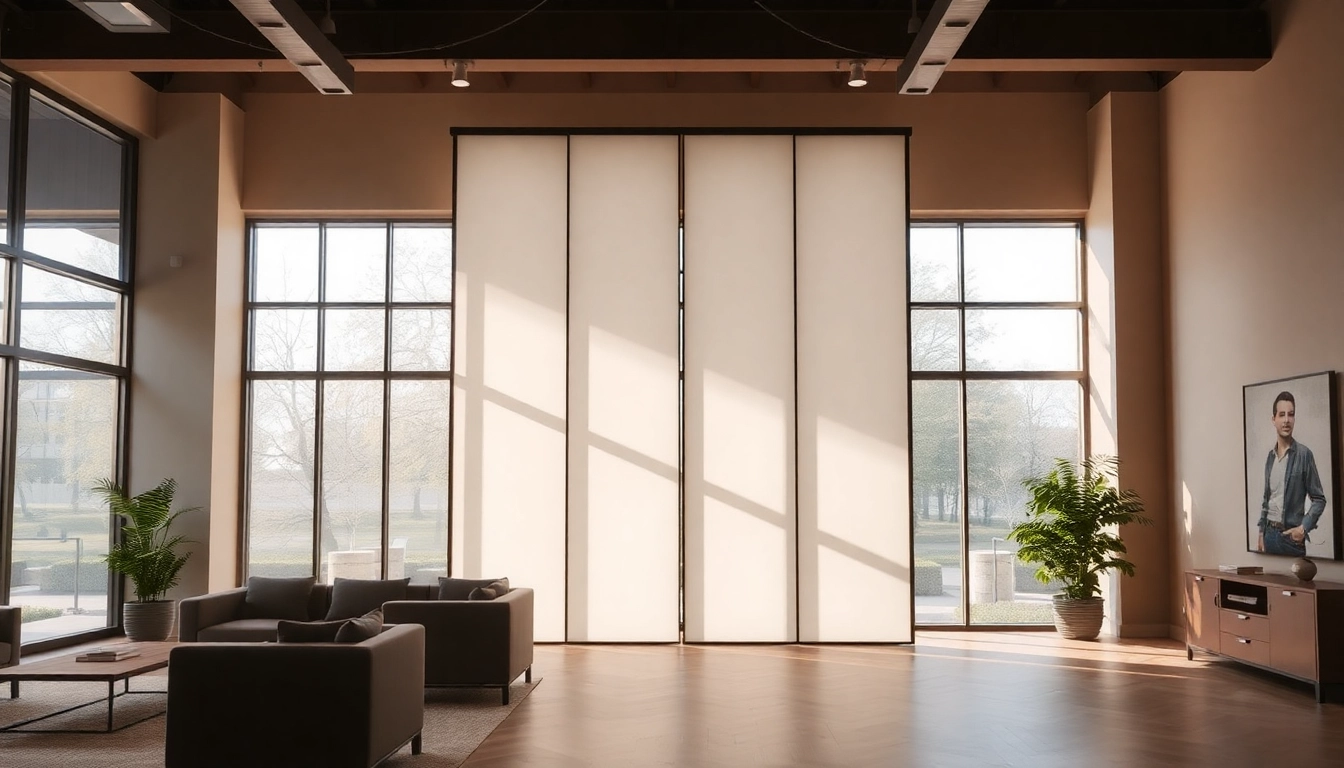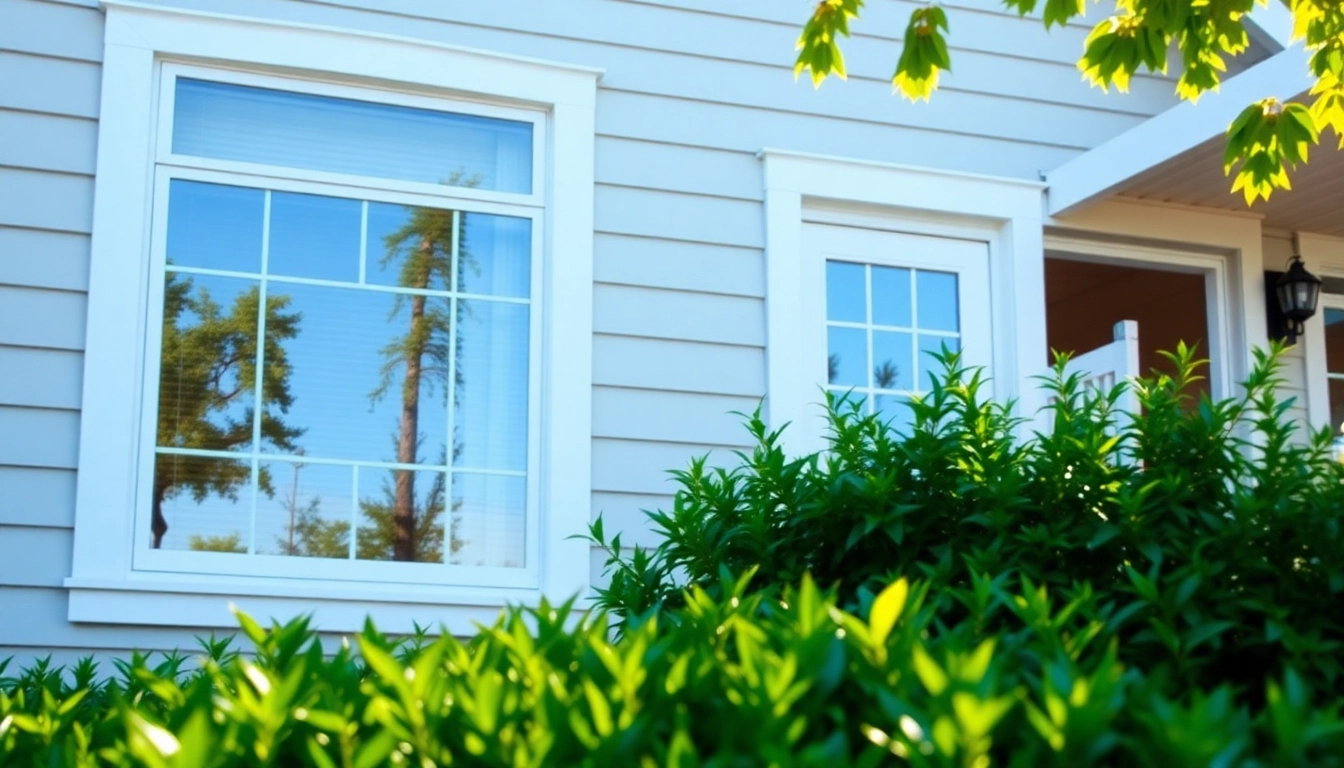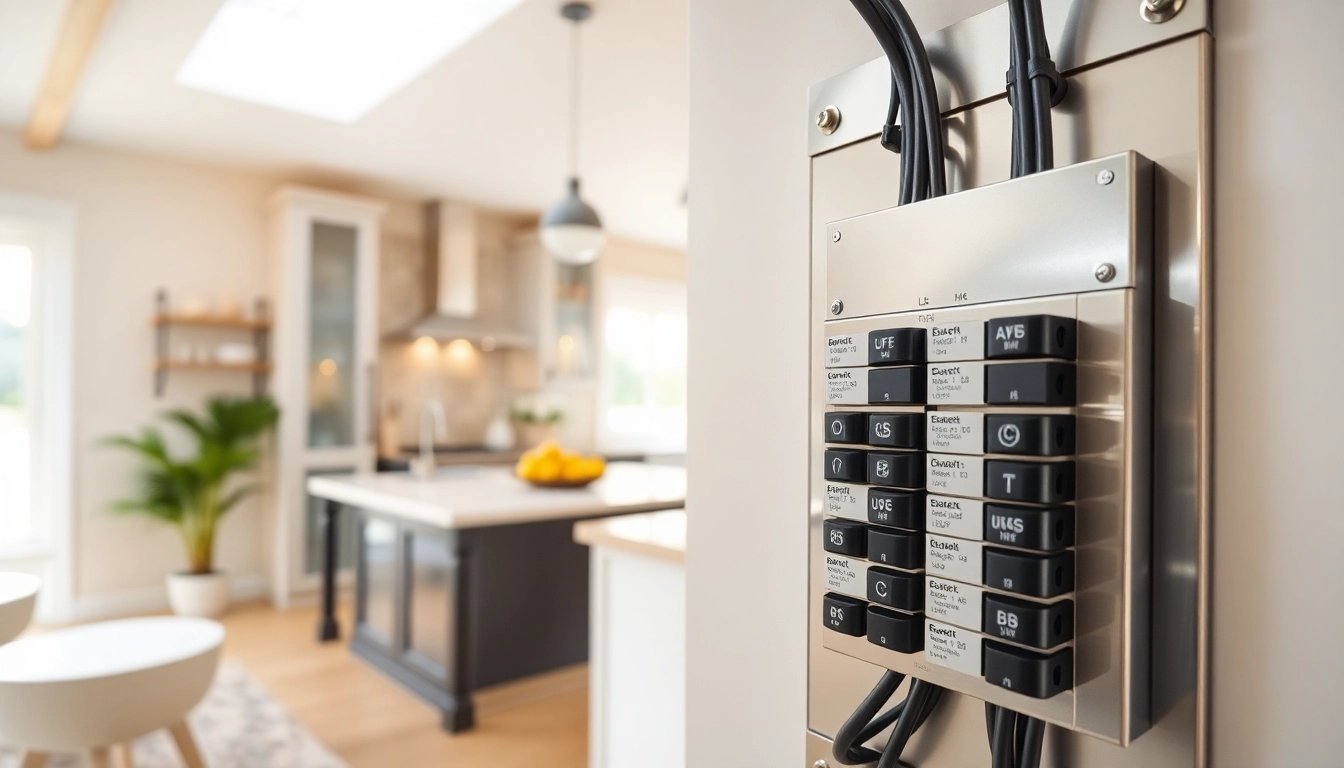Understanding Deck Construction Basics
Deck construction is a significant home improvement project that allows homeowners to enhance their outdoor living space effectively. A well-built deck not only serves as a functional area for entertaining and relaxing but also increases the property value. Before embarking on your deck-building journey, it’s essential to gain a solid understanding of the fundamentals of deck construction to make informed decisions throughout the process.
What is Deck Construction?
Deck construction entails the planning, design, and building of a raised platform, typically outdoors, that extends from a building structure. Decks are often made from various materials, including wood, composite, or PVC, and they can be attached to a house or freestanding. The main purpose of a deck is to provide a functional outdoor space where homeowners can gather, relax, or entertain.
Key Components of a Deck
To construct a deck properly, it is crucial to understand its main components:
- Footings: These are the foundational elements that support the entire structure. They must be installed below the frost line to prevent shifting during freeze-thaw cycles.
- Posts: Vertical supports that transfer the weight of the deck to the footings.
- Beams: Horizontal members that hold up the joists. Beams are critical for strength and stability.
- Joists: These support the decking boards and are typically placed 16 inches apart.
- Decking: The surface where users walk. Decking can be made from wood or composite materials, reflecting personal preference and style.
- Railings: These add safety and style, preventing falls from the edge of the deck.
Choosing Materials for Your Deck
Your choice of materials for deck construction will significantly impact durability, aesthetics, and maintenance requirements. Consider the following options:
- Pressure-Treated Wood: This is the most common choice due to its affordability and resistance to decay.
- Composite Decking: Made from a blend of wood fibers and plastic, composite is low-maintenance and resistant to rot, although it can be more expensive.
- Ipe or Hardwood: High-end and extremely durable, hardwood can be an excellent choice for luxury decks but requires significant investment.
Planning Your Deck Construction Project
Planning is a critical phase in deck construction that sets the foundation for a successful project. The decision-making process is influenced by various factors, including budget, location, and desired aesthetics.
Design Considerations for Your Deck
When designing your deck, consider the functionality you desire, the size limitations of your property, and the local architectural style. Additionally, factor in:
- Deck Shape: Traditional rectangles, multi-level designs, or curved shapes can be tailored to fit your needs and space.
- Flow from Indoors to Outdoors: Ensure a seamless transition by considering doors and furniture placement.
- Privacy: Utilize landscaping, lattice, or strategic post placement to enhance privacy.
Getting Your Deck Plans Approved
Before construction begins, verify local regulations or HOA guidelines regarding deck construction. You may need to submit your plans to local building authorities for approval to ensure compliance with safety standards and zoning laws. This process typically includes:
- Researching local building codes.
- Submitting detailed architectural drawings.
- Purchasing necessary permits before starting construction.
Essential Tools for Deck Construction
Having the right tools for your deck construction project can help ensure precision and efficiency. Essential tools include:
- Measuring Tape: To accurately measure layout dimensions.
- Level: For ensuring all elements are built to specification.
- Drill/Driver: Necessary for driving screws and drilling holes.
- Saw: Circular or miter saws may be required for cutting lumber and other materials.
- Concrete Mixer: If your project includes pouring footings.
Step-by-Step Guide to Deck Construction
This section provides a comprehensive guide to effectively construct your deck, broken down into clearly defined steps.
Preparing the Site and Foundation
Begin by clearing the area where the deck will go of any vegetation, obstacles, or debris. The next step is to establish and mark the layout using stakes and string to define the outline. With the design finalized, proceed with the following:
- Excavate holes for footings according to local code requirements.
- Install post anchors within the footings.
- Pour concrete and allow it to cure before proceeding.
Framing Your Deck Structure
Once the foundation is secure, the next step is framing. This process involves:
- Attaching rim joists to the ledger board against the house.
- Securing vertical posts into the footings.
- Installing beams supported by the posts. Ensure each connection is strong and level.
- Placing joists 16 inches on center between the beams.
Installing Decking and Finishing Touches
The final phase involves placing the decking material onto the joists using screws or nails according to manufacturer specifications. After the decking is installed, add finishing touches such as:
- Installing railings according to safety standards.
- Applying a sealant or stain to protect against weather elements.
- Adding accessories like lighting or planters to enhance functionality and aesthetics.
Common Challenges in Deck Construction
Like any construction project, building a deck comes with its challenges. Being proactive about these issues can prevent costly mistakes and delays.
Addressing Permitting and Regulations
As previously mentioned, navigating local codes and obtaining permits can be daunting. It’s wise to always check in with local agencies before beginning. Consider hiring a professional or using services that assist with permit acquisition to avoid complications.
Weather and Site Conditions
Weather can significantly affect construction timelines and decisions. Be cautious during rainy or extremely hot seasons. Always monitor local forecasts and plan construction accordingly. Additionally, ensure the site is adequately drained and level to avoid future water accumulation issues.
Budgeting for Your Deck Project
Budgeting is a crucial step where many homeowners stumble. Accurately estimate costs by considering:
- Material expenses.
- Labor if hiring contractors.
- Permits and inspection fees.
- Unexpected costs that arise during construction.
Maintaining Your Deck After Construction
Post-construction maintenance ensures the longevity of your deck and enhances its aesthetic value. Regular upkeep protects your investment and maximizes outdoor enjoyment.
Cleaning and Care Tips for Wooden Decks
Wooden decks require specific care techniques. Maintain your deck by:
- Regular sweeping to remove debris.
- Using mild soap and water for a deep clean.
- Inspecting for loose or damaged boards routinely.
Sealing and Staining Your Deck
Sealants and stains are essential treatments that protect the wood from moisture and UV damage. Consider the following:
- Apply sealant every 1-3 years, depending on exposure to elements.
- Choose stains that complement your home’s exterior while providing a protective barrier.
When to Consult a Professional for Repairs
While DIY repairs can save money, some issues warrant professional intervention. Consider hiring experts for:
- Structural integrity assessments and repairs.
- Staining or sealing in hard-to-reach areas.
- Major enhancements or redesigns.



